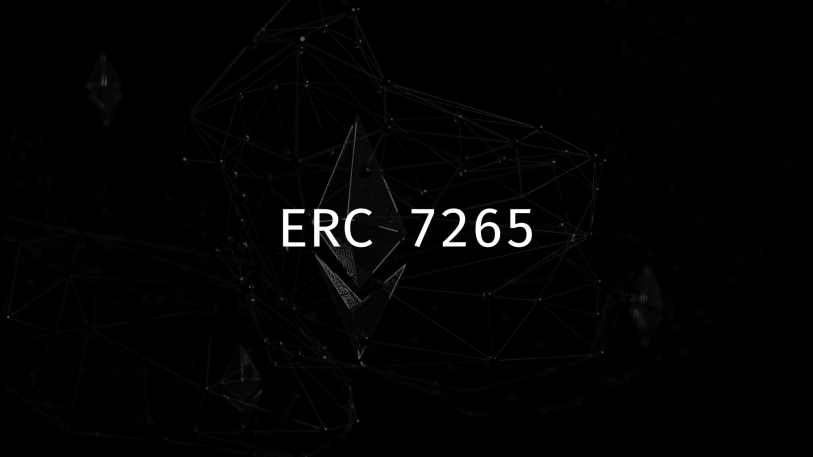
The Dichotomy of Innovation and Control: Understanding Ethereum’s Proposed ERC 7265
The Ethereum community finds itself in the throes of a heated debate following the proposal of a new standard – ERC 7265. At the heart of this conversation is a fundamental question – should decentralized finance (DeFi) protocols adopt features that make them more akin to their centralized counterparts?
The ERC 7265 Proposal
Ethereum Improvement Proposal (EIP) 7265, which implements ERC 7265, introduces the concept of a ‘circuit breaker’ into the DeFi landscape. This is an instrument employed in traditional stock exchanges to halt trading when asset prices crash too swiftly, thereby providing a buffer against extreme market volatility.
In the realm of DeFi, the purpose of this proposed circuit breaker would be to prevent hackers or exploiters from rapidly draining funds from a protocol. This move is seen as a potential remedy to the troubling trend of DeFi hacks and exploits, which have so far led to losses exceeding $3 billion.
The Resistance Against ERC 7265
Despite its potential benefits, the proposal has encountered a fair share of opposition. Critics argue that such a mechanism would blur the fundamental distinction between DeFi protocols and centralized financial systems. Essentially, they contend that this proposal may compromise the core ethos of decentralization by introducing an element of control akin to traditional finance.
On the other side of the aisle, proponents emphasize that DeFi protocols would not be compelled to adopt this new standard. However, they also suggest that the growing regulatory scrutiny and the need for more secure systems could see this standard becoming a widespread practice sooner than later.
The Regulatory Context
Regulatory pressure on DeFi platforms has been mounting. In addition to the U.S. SEC’s lawsuit against the Banbridge DeFi protocol, the European Union recently passed the Data Act mandating a ‘kill switch’ in smart contracts. This act, in essence, introduces a mechanism to halt operations of a contract in certain circumstances.
In light of this regulatory shift, ERC 7265 seems to offer a way for DeFi protocols on Ethereum to remain compliant with such laws. By providing DeFi protocols with the ability to implement a kill switch, EIP 7265 could potentially preempt further regulatory requirements.
The Potential Impact
If the proposal is widely adopted, it may result in increased inflows to these DeFi protocols and to Ethereum itself, given its dual role as collateral and transaction fee medium. However, there is a flip side to this coin.
The adoption of a kill switch mechanism could symbolize a rollback of the financial freedom that blockchain and DeFi have come to represent. Financial freedom, in this context, refers to the unfettered ability to utilize your assets as and when you wish. A kill switch mechanism, while serving as a safety net, also introduces an element of control and restriction, thereby potentially threatening this financial freedom.
Consequently, DeFi protocols implementing this new Ethereum standard would need to carefully balance these considerations, preserving the essence of decentralization while ensuring the security and sustainability of their platforms.
In conclusion, the proposed ERC 7265 introduces a critical inflection point in Ethereum’s journey and the wider DeFi landscape. It serves as a litmus test for the delicate balance between innovation, control, and compliance in this rapidly evolving domain. As the discussion unfolds, the crypto community will undoubtedly watch closely, aware that the outcome may well set the course for the future of DeFi.